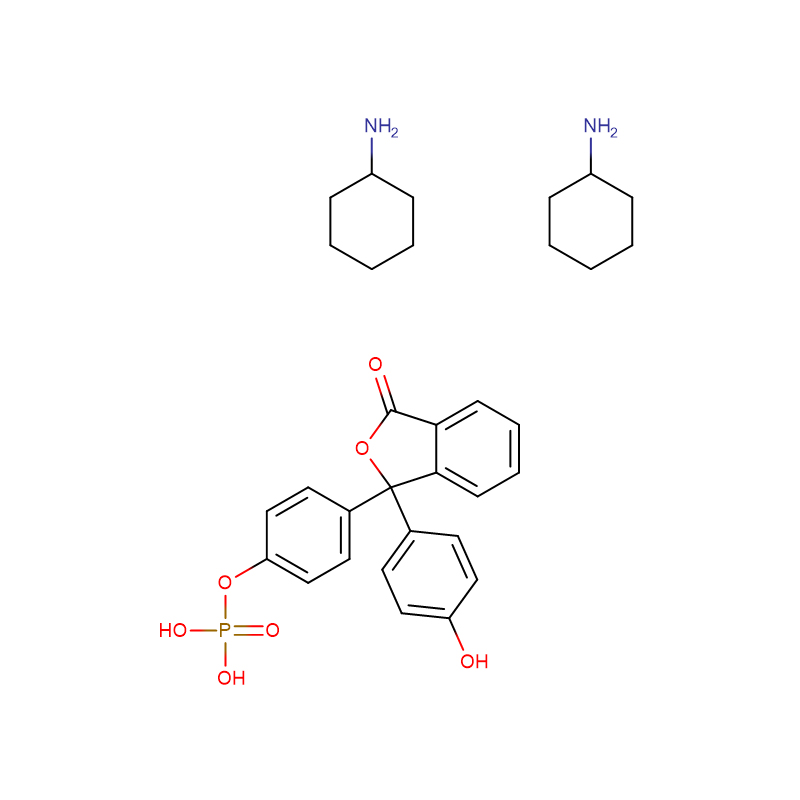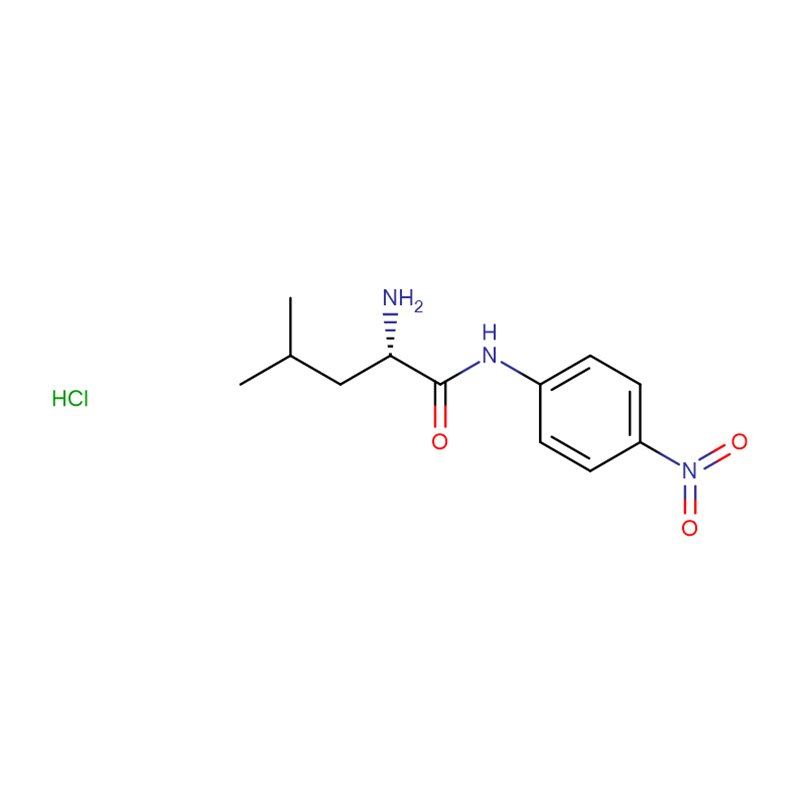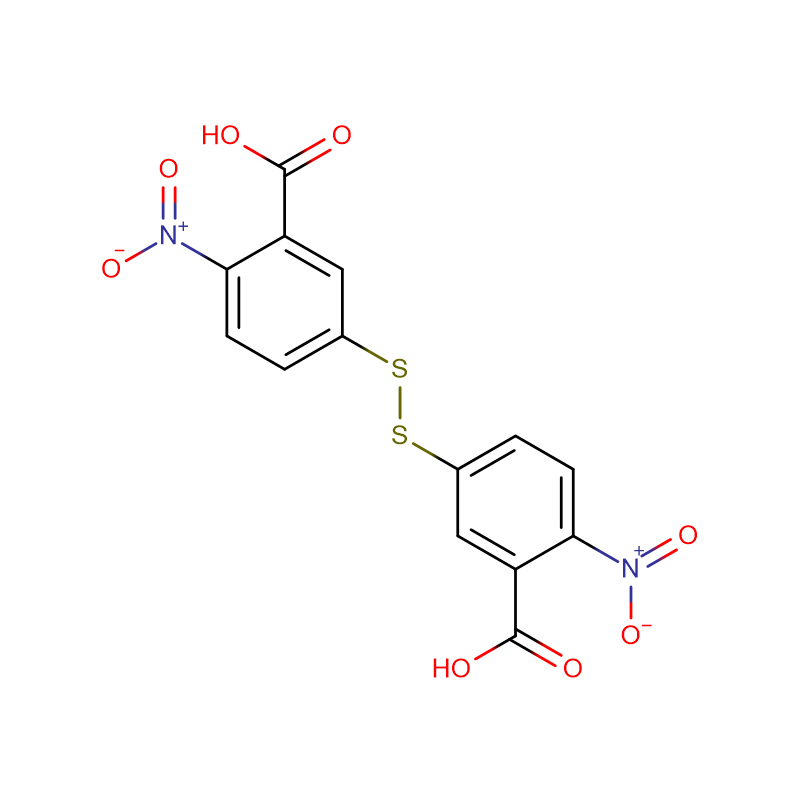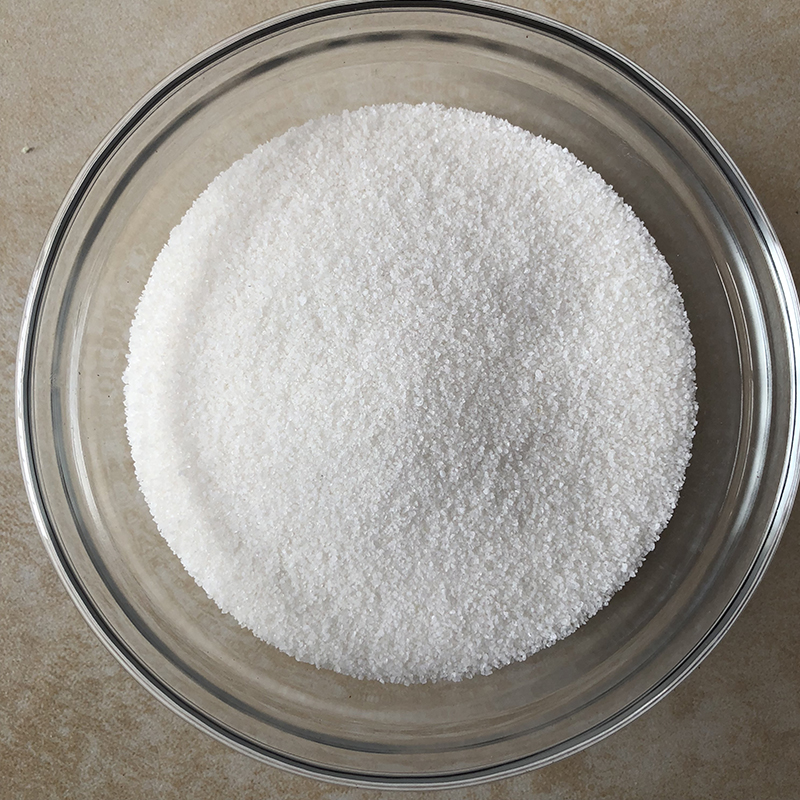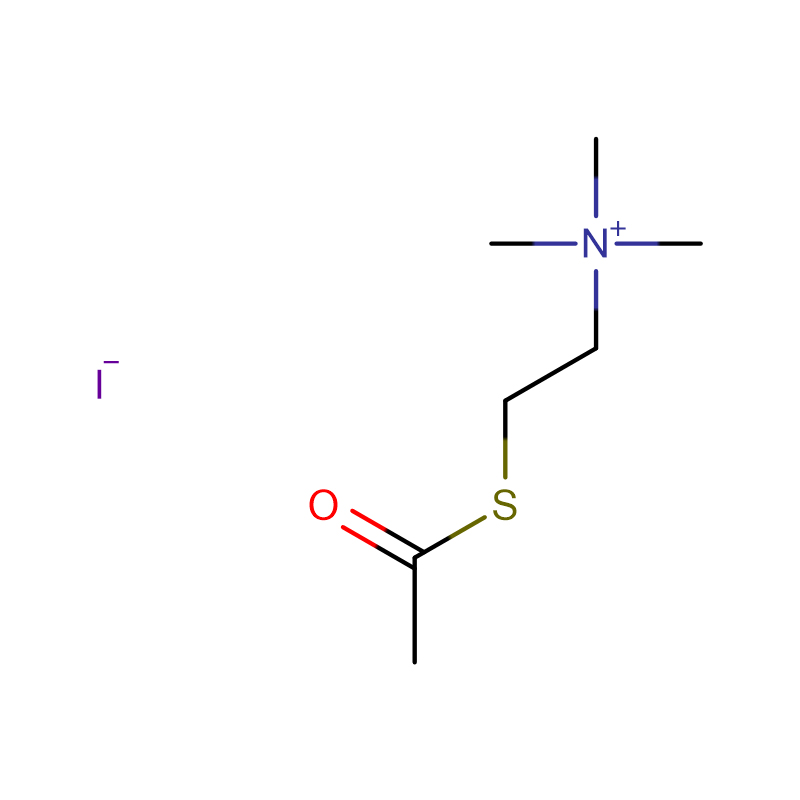N- Acetyl -L-cysteine CAS:616-91-1 98% White crystalline powder
| Catalog Number | XD90127 |
| Product Name | N - Acetyl -L-cysteine |
| CAS | 616-91-1 |
| Molecular Formula | C5H9NO3S |
| Molecular Weight | 163.1949 |
| Storage Details | 2 to 8 °C |
| Harmonized Tariff Code | 29309016 |
Product Specification
| Melting Point | 106-112°C |
| Specific rotation | +21°-+25° |
| Heavy metals | <10ppm |
| Arsenic | <1ppm |
| pH | 2.0-2.8 |
| Loss on Drying | max 1.0% |
| Sulfate | <0.03% |
| Assay | 98% min |
| Iron | <20ppm |
| Residue on Ignition | max .5% |
| Ammonium | <0.02% |
| cl | <0.04% |
| Appearance | White crystalline powder |
| State of Solution | >98% |
N-Acetyl-L-cysteine is an acetylated amino acid with antioxidant and mucolytic properties. These two activities have indicated N-Acetyl-L-cysteine as particularly relevant in chemical treatment of cystic fibrosis, where the antioxidant/reducing character of the compound ameliorates the characteristic systemic redox imbalance state of CF and the mucolytic properties of the compound impede upon the congestion and inflammation correlated to this redox state. As a mucolytic, N-Acetyl-L-cysteine serves to dissipate disulfide bonds across mucoproteins, loosening and clearing the viscosity of sputum. N-Acetyl-L-cysteine shows complimentary action to glutathione, both demonstrating antioxidant activity through their thiol functionality, and both are shown to protect against peroxidative stress related to septic shock. N-Acetyl-L-cysteine has also been shown to induce apoptosis in vascular smooth muscle cells, indicating that these cells respond differently to changes in reduction-oxidation state than other tissues that are normally protected by the presence of antioxidants. This surprising correlation in vascular smooth muscle cells indicates N-Acetyl-L-cysteine as a promising intervention upon arteriosclerotic proliferation of these cells.
Chemical properties: N-acetyl-L-cysteine white crystalline powder, with a garlic-like odor and sour taste. Hygroscopic, soluble in water or ethanol, insoluble in ether and chloroform. It is acidic in aqueous solution (pH2-2.75 in 10g/LH2O), mp101-107℃Chemicalbook. This product is an N-acetylated derivative of cysteine. The molecule contains a sulfhydryl group, which can break the disulfide bond (-SS-) of the mucin peptide bond, thereby turning the mucin chain into a small molecular peptide chain, reducing the Because of the viscosity of mucin, this product is a dissolving drug for viscous sputum, purulent sputum and respiratory mucus.
medicine interactions:
1. Not to be used in combination with penicillin, cephalosporin and tetracycline antibiotics, as the latter may become ineffective.
2. Combination or alternate use with isoproterenol can improve curative effect and reduce adverse reactions.
3. Avoid contact with metal and rubber utensils, oxidants, and oxygen.
Uses: biological reagents, raw materials, thiol (-SH) in the molecule can break the disulfide chain (-S-S) connecting the mucin peptide chain in mucous phlegm. Mucin turns Chemicalbook into a small molecular peptide chain, which reduces the viscosity of sputum; it can also break DNA fibers in purulent sputum, so it can not only dissolve white viscous sputum but also purulent sputum.
Uses: In medicine, it is used as a phlegm-dissolving drug. For biochemical research, it is used as an antidote for phlegm dissolving and acetaminophen poisoning in medicine.
Uses: For biochemical research, in medicine, it is used as a phlegm dissolving drug and an antidote for acetaminophen poisoning.
Uses: Biochemical reagents, medicine, this product is used as an expectorant, which is said to be easy to clean phlegm and easy to cough. It has a decomposition effect on viscous sputum. The mechanism of action is that the sulfhydryl group contained in the molecular structure of this product can break the disulfide bond Chemicalbook in the mucin polypeptide chain in mucous sputum, decompose the mucin, reduce the viscosity of the sputum, and make it liquefied and easy to cough up. It is suitable for acute and chronic respiratory diseases with thick sputum and difficult to expectorate, as well as critical symptoms of difficulty in suction due to obstruction of a large amount of sticky phlegm.
Uses: N-acetyl-L-cysteine can be used as a phlegm-dissolving drug. It is suitable for respiratory obstruction caused by a large amount of sticky phlegm obstruction. In addition, it can also be used for detoxification of acetaminophen poisoning. Because this product has a special odor, taking it can easily cause nausea and vomiting. It has a stimulating effect on the respiratory tract and can cause bronchospasm. It is used in combination with bronchodilators such as isoproterenol and a sputum suction device to expel sputum. It should not be in contact with metals (such as Fe, Cu), rubber, oxidants, etc. It should not be used together with antibiotics such as penicillin, cephalosporin, tetracycline, etc., so as not to reduce its antibacterial effect. Use with caution in patients with bronchial asthma.



